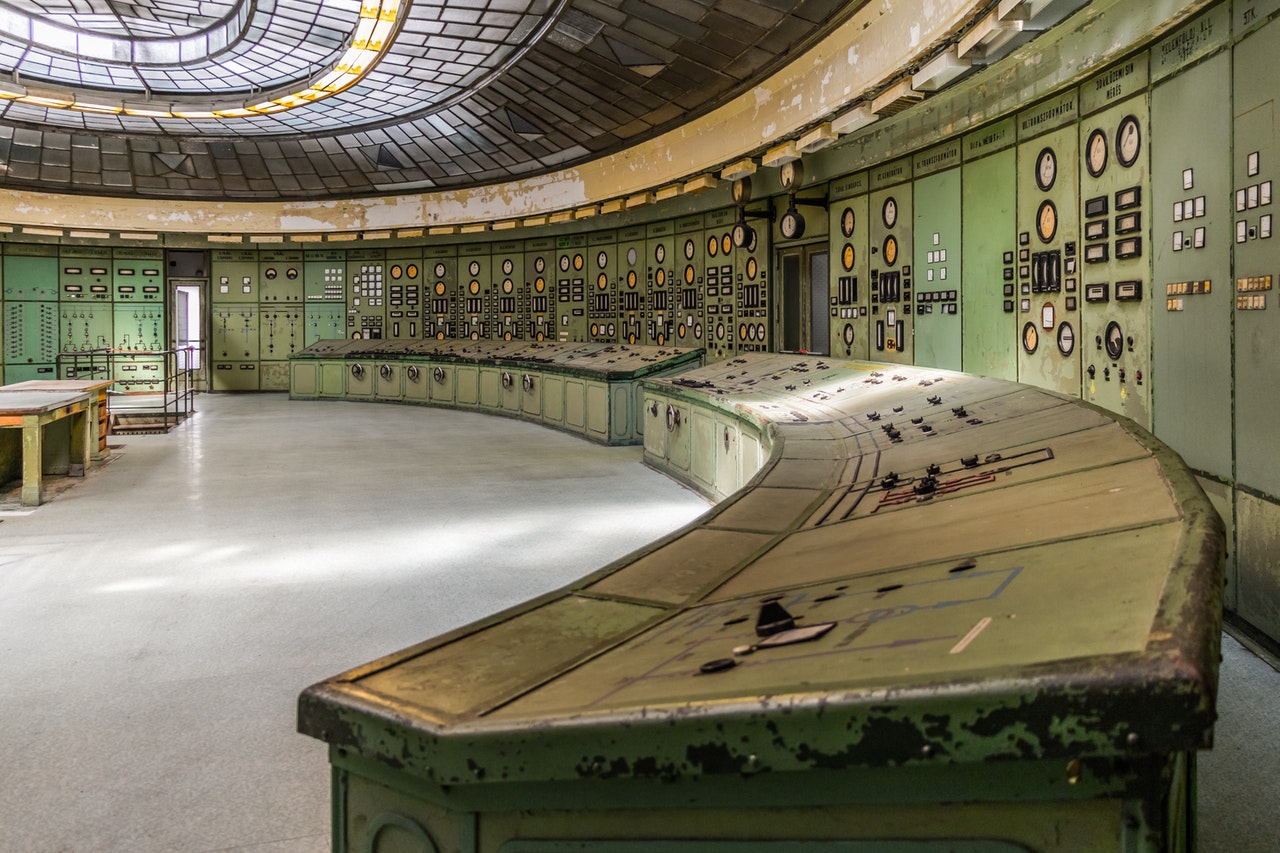Electronic corrosion is a continuous process occuring always in a gradual but subtle manner where electronic gadgets are concerned. Corrosion control is one big necessary step taken by data centres or any facilities with server or control rooms throughout the world since it has a big dependency on electronic performances. Even a small equipment failure or downtime of the facility due to corrosion will be a costly affair for the data centres.
But how are electronics getting corroded in the first place? Let us look at some top and important factors that cause electronic corrosion, especially in data centres.
- 1. Location of the data centre facility
Location plays a very important role in corrosion. The proximity of the facility within the following places:-
● High temperature locations
● Landfill sites
● Process Industries
● Sewers/ Drains
● High density traffic
● Polluted environment
It requires high corrosion monitoring/ control measures at these places, as they are the leading sources for contaminants responsible for corrosion.
- 2. Active airborne contaminants
Active airborne contaminants include contaminants that may occur as vapours, dusts, particles, fibres, fumes or gases. These contaminants can corrode electronic boards and coatings which ultimately leads to failure. Corrosion of electronics most often involves moisture and ionic Data center air purifier contamination from the environment. To learn about airborne contaminants in detail, please go through the article - Which gases cause corrosion of electronics?

- 3. Lead free regulation
During the early days electronic equipment used lead for soldering and finishing purposes. Lead is generally resistant to corrosion but due to its high environmental impact the European Union has introduced lead free regulations on the “Restriction of the use of Certain Hazardous Substances” (RoHS) in electrical and electronic equipment. This paved the way to the use of new non-lead materials in electronics which increased the likeliness of these materials to corrode.
- 4. Working condition of the facility
The conditions in which the facility operates also plays a significant role in corrosion control. The below mentioned scenarios increases the chance of corrosion:-
● Absence of fresh air intake through proper filters
● AC operated below negative air pressure as compared to other buildings
● Wet mopping of the floor with bleach or other chemicals
● Cables running across the floor which traps the contaminants and increases the risk.
- 5. Use of corrosion monitoring and control equipment
Even after equipping facilities with proper air handling and sealing, the likeliness of corrosion control is fetched. This is because the contaminants even in the lowest levels of parts per billion can cause electronic corrosion and if not filtered out through the fresh air intake.
We at AQOZA technologies develop corrosion monitoring and control equipment for closed room spaces. Simple HVAC systems may control the humidity and temperature of the facility but corrosion control requires expert handling. Being a specialist vendor in gas phase filtration and monitoring, AQOZA offers optimum performing corrosion control units to various industries.


